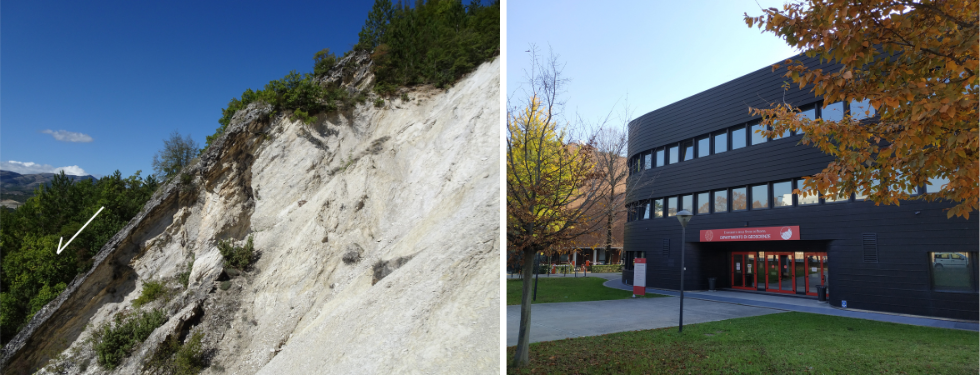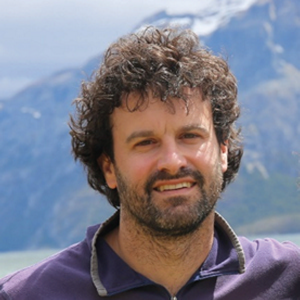REACT - Rock damagE And RECovery AssisTed by REACTive fluids


Title: Rock damagE And RECovery AssisTed by REACTive fluids (REACT)
Principal Investigator: Michele Fondriest | Programme: Mur Young Researcher MCSA
Total Contribution € 300.000,00 | Project Duration: 36 months

Fracture sealing by mineral precipitation represents an efficient, though still largely unconstrained, rock damage recovery mechanism which could play a key role in the seismic cycle. Indeed, post-seismic recovery within fault zones can occur via slow sealing of co-seismic fractures over periods of months to years, whereas, earthquakes in high fluid-flux settings or rupturing pressurized reservoirs at depth, can potentially cause instantaneous sealing of fractures due to sudden fluid pressure release and flash mineral precipitation.
REACT aims to enhance our knowledge on fracture-sealing processes at different timescales with a novel integrated approach combining: 1) Long-term fluid-flow and sealing experiments with a “percolation cell” apparatus. The tests will be performed on fractured rocks, at temperatures up to 250°C, with continuous monitoring of elastic properties and fluid flow. 2) Instantaneous decompression and sealing experiments with a “cold-seal pressure vessel”. The newly conceived tests will enable us to obtain unprecedented insights into dynamic hydrofracturing and rapid mineral precipitation in rock-fluid systems equilibrated at high pressure and temperature. 3) State-of-the-art microanalyses of the experimental products to decipher the physical-chemical processes activated in the experiments and comparison with natural fault rocks and veins from well-constrained tectonic settings. The project has the potential to open a new research line about earthquake-fracturing and fast mineral precipitation, and to systematically constrain the factors driving long-term fracture sealing with direct applications to the study of geothermal fields, hydrothermal ore deposits and CO2 sequestration.





